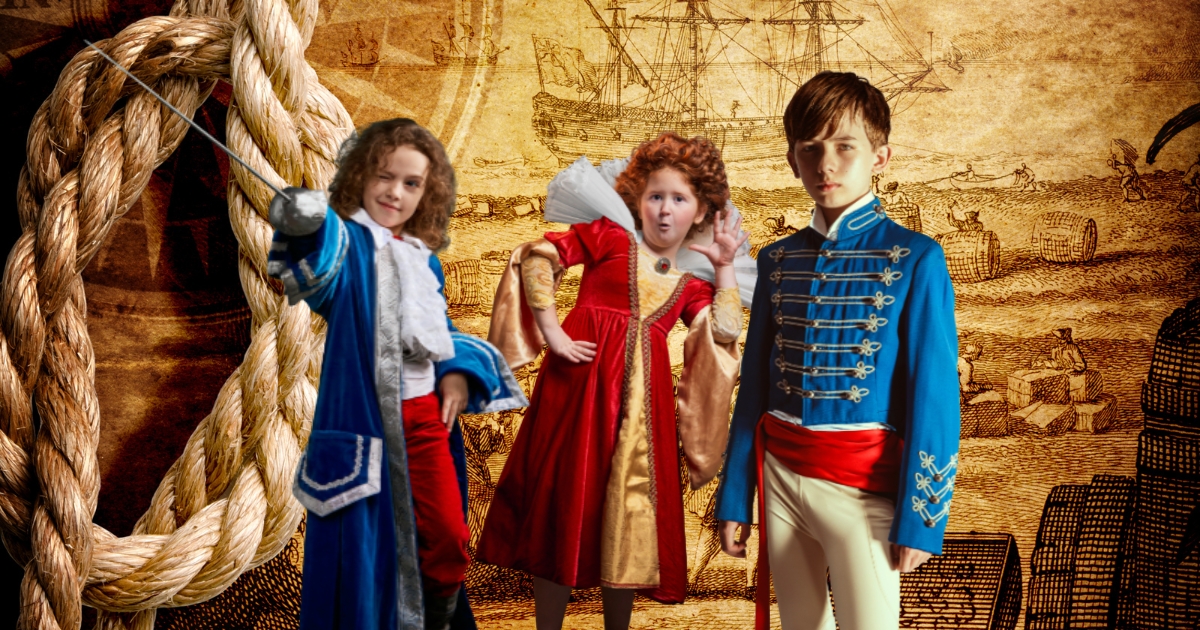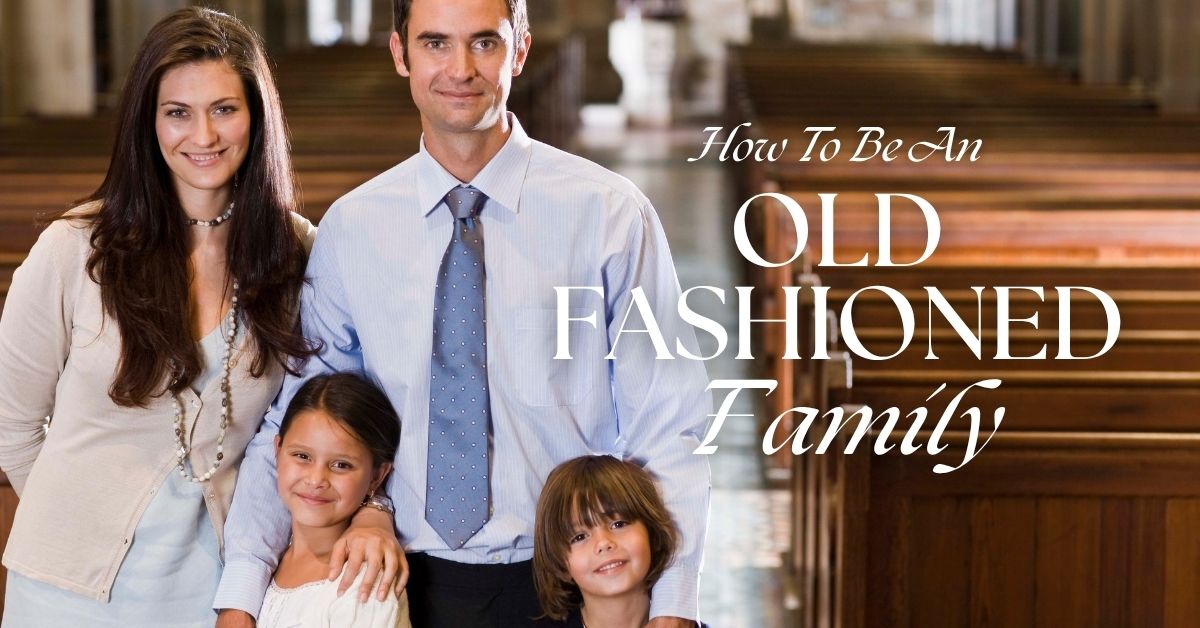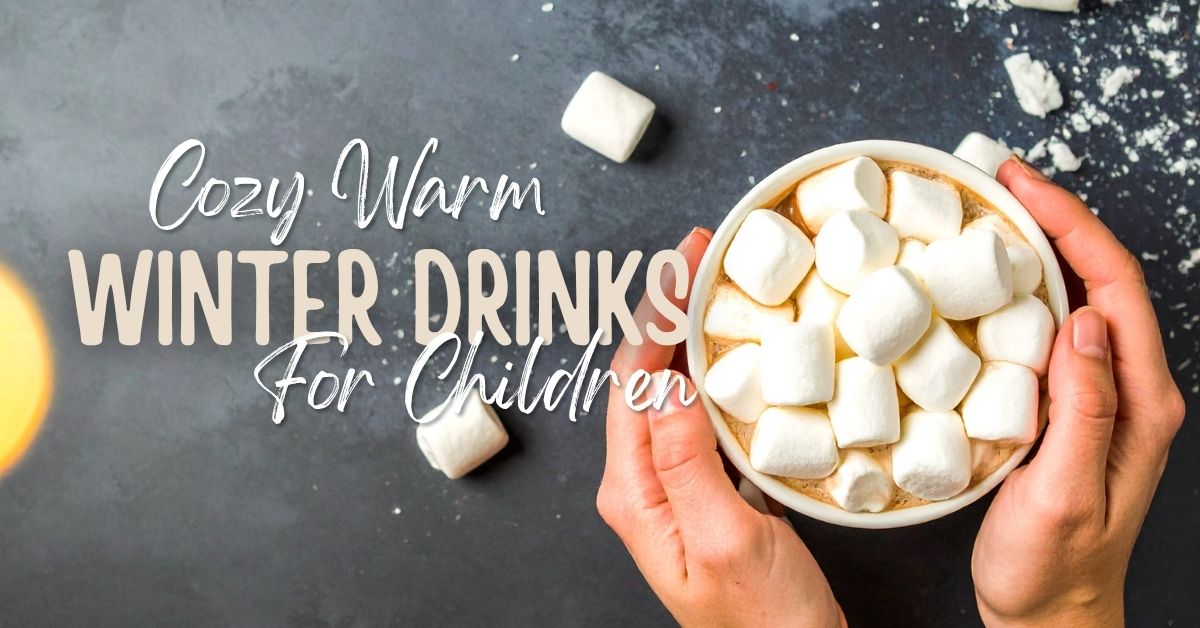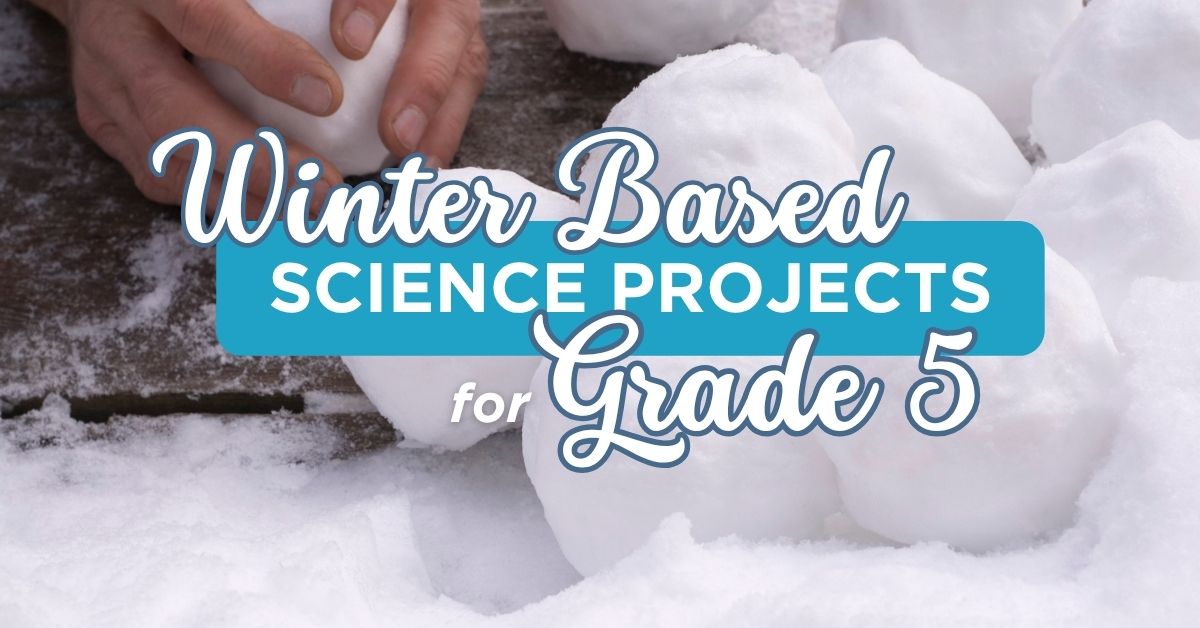Teaching history doesn’t have to be about memorizing endless dates and names. It’s about understanding the human experience, the decisions people have made, and the ripple effects that shaped the world we live in today. That’s why connecting current events to history is such a powerful tool—it helps students see history as alive, relevant, and interconnected with their everyday lives.
If you’re a homeschooling parent or instructor, weaving modern-day events into past occurrences can spark curiosity and make lessons stick. Students naturally grasp concepts better when they can relate them to something familiar. Here’s how to teach history through a modern lens, with actionable tips to connect current events to historical parallels.
Why Connecting Current Events to History Matters
By relating past events to what’s happening now, you create a bridge between abstract concepts and real-world understanding. Here’s what makes this approach essential:
- It builds critical thinking skills. Students learn to analyze patterns, spot recurring themes, and question the motivations and outcomes of events across eras.
- It shows the relevance of history today. This method answers the perennial question, “Why does this matter to me?” It makes history personal and meaningful.
- It deepens understanding. Examining parallels helps students see cause and effect, understand complex systems, and appreciate how history shapes the present and the future.
Plus, this approach turns history from a dry list of facts into a dynamic story—one they’re a part of.
Start With Themes and Patterns
The easiest way to connect modern events to historical periods is by identifying recurring themes. Here are a few ideas to get you started, based on timeless patterns that pop up throughout history:
- Leadership and Power Struggles
- Compare controversial leaders from history with modern figures. For instance, discuss how Julius Caesar’s rise to power mirrors certain political movements today.
- Study revolts, like the American Revolution, alongside contemporary protests or large movements for change.
- Technological Advancements and Societal Change
- Look at technological leaps like the Industrial Revolution and discuss how today’s AI boom might have similar impacts on labor and society.
- Connect the introduction of the printing press to how social media shapes public discourse now.
- Social Justice Movements
- Link the Civil Rights Movement to recent conversations about equity and inclusion.
- Compare women’s suffrage efforts to modern debates around gender equality.
- Pandemics and Public Response
- Use the 2020 COVID-19 pandemic to explore earlier pandemics like the Spanish Flu in 1918, and look for patterns in how society reacts to health crises.
By framing history through topics students can relate to, you make it easier for them to engage and see patterns themselves.
Use Today’s News to Spark Discussion
When news breaks, seize the opportunity to make connections. Here’s how to use current events as a doorway into history:
- Find news stories that resonate. Look for issues like climate change, global conflicts, or economic shifts. These stories are ripe for drawing comparisons to similar events in history.
- Ask the right questions. Encourage students to think critically with questions like:
- What does this remind you of from the past?
- What decisions are being made today that might mirror past choices?
- What were the outcomes of similar situations in history? Did they succeed or fail?
Example Idea: When discussing global conflicts, compare a modern crisis (such as the war in Ukraine) to earlier conflicts, like World War I or the Cold War. Highlight similar causes, turning points, and attempts at resolution.
Pro Tip: Keep resources handy, like a reliable history timeline or database, to quickly connect events. High-quality news summaries and historical timelines can work wonders for making quick connections.
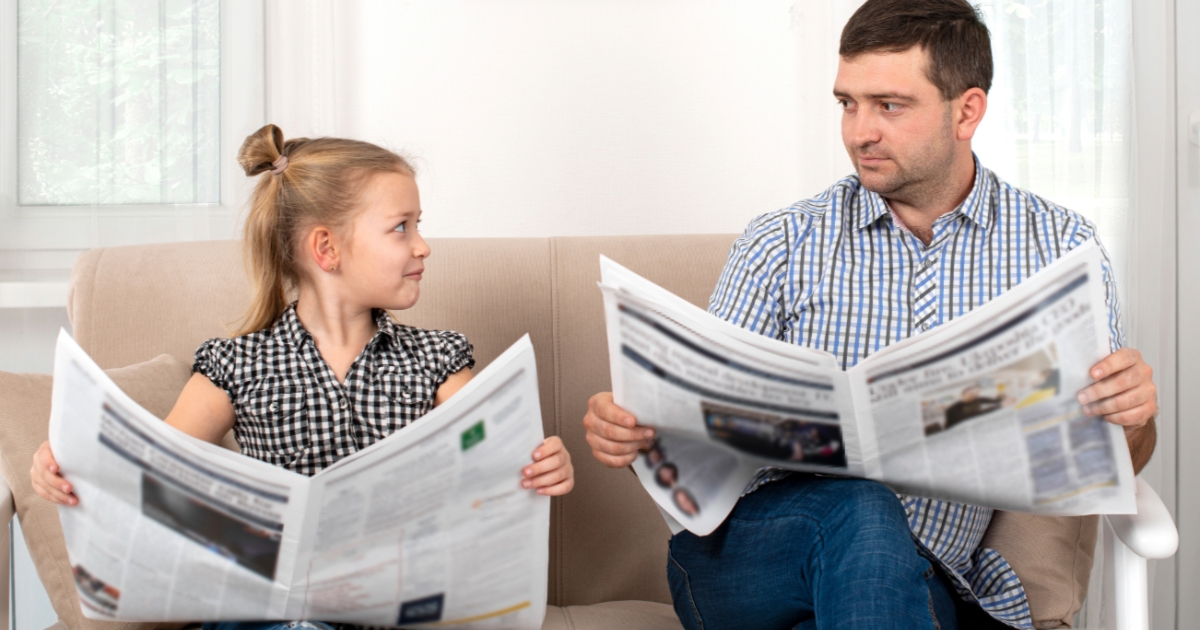
Help Students Identify Historical Echoes
To solidify those connections, show students how to spot “echoes” of history in the present. This method teaches them to notice patterns, even outside of formal lesson time. Here’s how to approach it:
Step 1. Break Down Events
Teach students to dissect events into their components:
- Who are the main players?
- What are the goals, conflicts, or turning points?
- What systems or values are at play?
Step 2. Find the Context
Discuss what was happening globally or locally during a historical era and ask:
- How might societal factors affect the decisions made then? How does that compare to today?
Step 3. Examine Outcomes
- Did the choices of the past work out well or not? Why?
- How are similar decisions playing out today?
This process turns students into detectives, giving them the tools to explore both history and current events critically.
Focus on Storytelling to Make it Stick
History is all about stories, and so are modern events. Highlighting the human elements behind events can make these connections more vivid and relatable. For example:
- Follow a specific individual or group. Compare historical figures to their modern counterparts. This could mean looking at activism by Martin Luther King Jr. alongside today’s social activists.
- Use personal stories or narratives. Discuss how average people lived through significant historical times, like the Great Depression, and relate it to financial hardships today.
When you frame history as a collection of people’s stories instead of abstract facts, it becomes much more relatable and engaging.
Use Visual Aids to Deepen Understanding
Visuals can make a world of difference when connecting past events to present ones. Try these tools:
- Timelines. Build parallel timelines that show overlapping events from history and modern times side by side.
- News clippings. Compare historic newspaper headlines to online news today.
- Maps. Show how territorial changes or border disputes in history compare to modern conflicts.
Interactive tools like drawing charts or graphs together can also reinforce the connections you’re making. You don’t need anything fancy—simple pen-and-paper activities work just as well as digital tools.
Tap Into Pop Culture
Modern TV shows, movies, and music are brimming with historical references. By tapping into pop culture, you can put historical concepts into a format that students are already enthusiastic about. For instance:
- Compare the political intrigue of popular shows (like The Crown or Hamilton) with actual historical events they’re based on.
- Discuss dystopian movies or books, like The Hunger Games, and relate them to historical protests or authoritarian regimes.
- Bring up current songs or social media trends that reflect ongoing social or political movements, and trace those themes back in time.
Pop culture makes history more tangible while tying lessons into students’ daily lives.
Practical Tips for Homeschooling Parents
If you’re ready to bring history lessons to life, here’s a quick roadmap for making meaningful connections between past and present:
- Stay flexible. Adjust lesson plans as new events unfold. Use breaking news as a jumping-off point for discussions.
- Encourage conversation. Instead of lecturing, spark debates and open-ended questions to help students think for themselves.
- Create projects. Assign tasks like comparing historical and modern speeches, charting timelines, or even creating mock debate scenarios based on historical dilemmas.
- Leverage local history. Look at how your community has changed over time, and use it to connect with national or global events.
When you give students hands-on ways to explore historical themes, their learning becomes even more personal and impactful.
The Bigger Picture
Connecting current events to history turns abstract lessons into something vibrant, relatable, and deeply meaningful. It helps students see the big picture of humanity—our struggles, triumphs, and lessons learned (or sometimes ignored). History isn’t just about the past; it’s a lens to understand where we’ve been and where we might be headed.
By weaving today’s events into yesterday’s narratives, you’re not just teaching history. You’re giving students the framework to think critically, empathize, and engage with the world around them—an invaluable skillset that will serve them far beyond the classroom.

